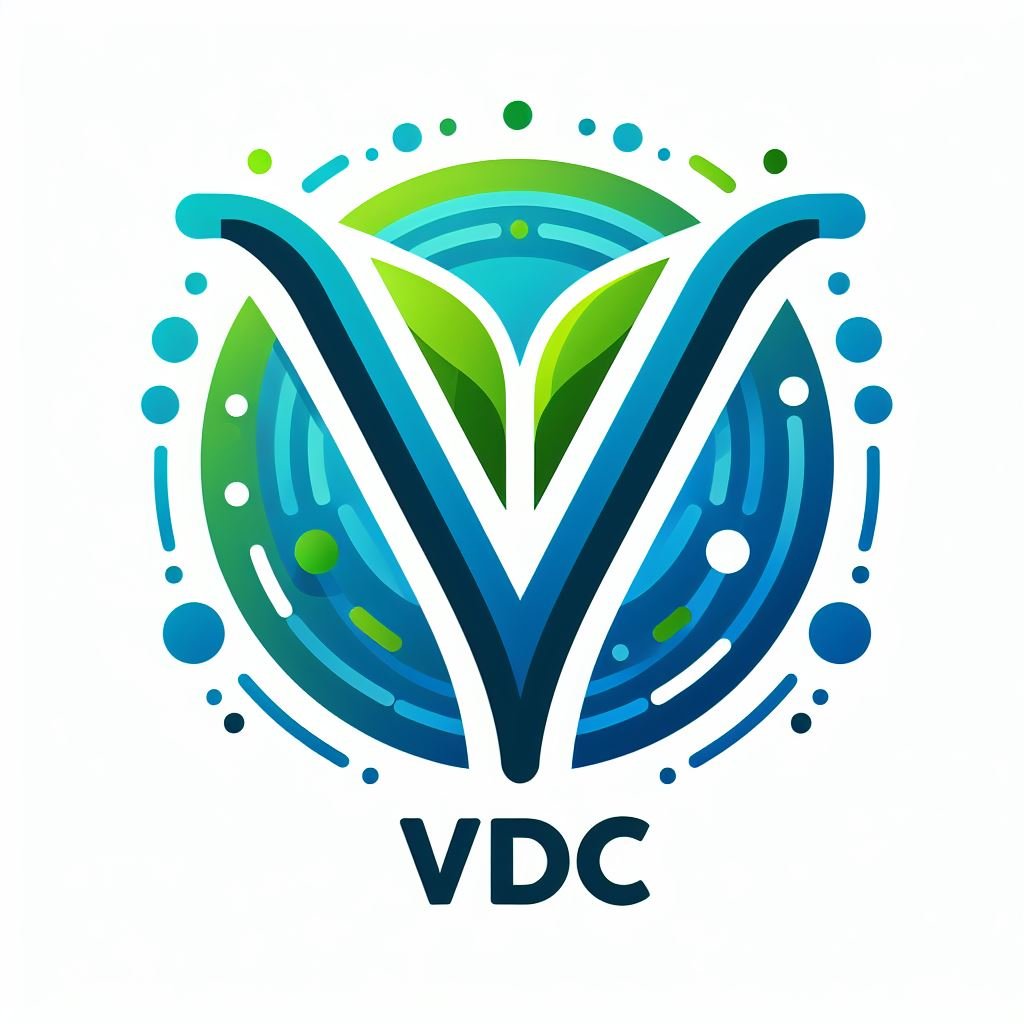What is Acid Dye ?
Acid Dye are a type of dye that are used to coloring of fibers such as wool, silk, and nylon. They are called Acid Dye. because they require an acidic environment to bond with the fibers. These dyes are typically water-soluble and can produce a wide range of vibrant colors. Some common acid dye colors include.
Know about Acid Dye :
At the heart of acid dyeing lies a class of dyes that exhibit a remarkable affinity for woolen based fibers such as wool, silk, and nylon. Unlike other types of dyes, acid dye require an acidic environment to facilitate the bonding process with the fibers. This acidic condition aids in the penetration of the dye molecules into the fibers, resulting in vivid and long-lasting coloration.

A Symphony of Acid Dye Colors :
Imagine a palette where every shade, from the softest whisper to the boldest proclamation, is within reach. That’s the allure of acid dyes. These dyes offer a dazzling array of colors, spanning the spectrum from delicate pastels to rich jewel tones and everything in between. Whether you’re dreaming of a tranquil seascape in shades of aquamarine or a fiery sunset ablaze with crimson and gold, acid dyes empower artists to bring their visions to life with unparalleled vibrancy and depth.
The Art of Acid Dye Colors Dyeing :
Mastering the art of acid dyeing requires a delicate balance of technique and creativity. From the selection of dyes and fibers to the intricacies of the dyeing process itself, every step plays a crucial role in achieving the desired results. Artists and artisans experiment with various dyeing techniques, including immersion dyeing. And tie-dyeing, to create unique and captivating designs. Whether you’re a seasoned professional or an enthusiastic beginner, the world of acid dyeing invites exploration and discovery.
Names of These Acid Dye Colors :
Fast Red A, Sky Garam, Red 3BN, Pattent Blue A-75, Kala Garam, Jamini Garm, Neavy Blue 2RNX, This is how the names of these colors are spoken in the market. These Acid dye colors dye very easily on woolen fabric.
The Colorful Pattern of Acid Dye :
One of the most enticing aspects of Acid Dye is the vast array of colors they offer. From the fiery warmth of Red and Orange to the cool tranquility of Blue and Green. The spectrum of Acid Dyes colors is boundless. Whether you seek to create a subtle gradient or make a bold statement with contrasting hues, acid dyes provide the versatility to bring your vision to life. With a myriad of shades and tones at your disposal, the possibilities for creative expression are virtually endless.
- Reds – Shades of red ranging from bright scarlet to deep crimson.
- Blues – Varieties of blue hues, from sky blue to navy.
- Greens – Different shades of green, including emerald, jade, and teal.
- Yellows – Various tones of yellow, from pale lemon to rich gold.
- Purples – Colors ranging from lavender to deep violet.
- Oranges – Shades of orange, from peach to burnt orange.
- Browns – Various earthy tones such as tan, sienna, and chocolate brown.
- Blacks – Deep, intense blacks for rich saturation.
- Pinks – Different shades of pink, from pastel blush to hot pink.
- Grays – Various tones of gray, including silver and charcoal.
These colors can be mixed and diluted to create a wide range of shades and tones, allowing for extensive color customization in dyeing processes.
Environmental Considerations :
While acid dyes offer unparalleled color brilliance and versatility, it’s essential to consider their environmental impact. Like many synthetic dyes, some acid dyes contain chemicals that can be harmful to the environment if not handled properly. However, advancements in dye technology have led to the development of Eco Friendly acid dyes that minimize environmental footprint without compromising on performance. By opting for sustainable dyeing practices and choosing Eco Conscious dye formulations, artisans can create vibrant textiles while minimizing their ecological impact.

The art of acid dyeing encompasses a plethora of techniques, each offering unique opportunities for artistic expression. Immersion dyeing, perhaps the most common method, involves submerging the textile in a dye bath to achieve uniform coloration. For those seeking more intricate designs, hand-painting allows for precise control over the placement of colors, enabling the creation of stunning patterns and motifs. Tie-dyeing, a beloved classic, adds an element of randomness and whimsy to the dyeing process, resulting in one-of-a-kind creations with dynamic swirls and bursts of color. Whether you prefer the precision of controlled techniques or the spontaneity of experimental approaches, acid dyeing invites you to explore and push the boundaries of your creativity.
Conclusion of all about :
In the realme of textile Dyeing Arts, Acid Dyes reign supreme as a vibrant and versatile coloration method. From their remarkable affinity for woolen based fibers to the kaleidoscope of colors they offer, acid dyes empower artisans to infuse textiles with life and personality. Whether you’re a fashion designer pushing the boundaries of creativity or a hobbyist exploring the art of dyeing. The world of acid dyes beckons with endless possibilities. So, unleash your imagination, embrace the colorful journey, and let acid dyes elevate your textile creations to new heights of brilliance.

